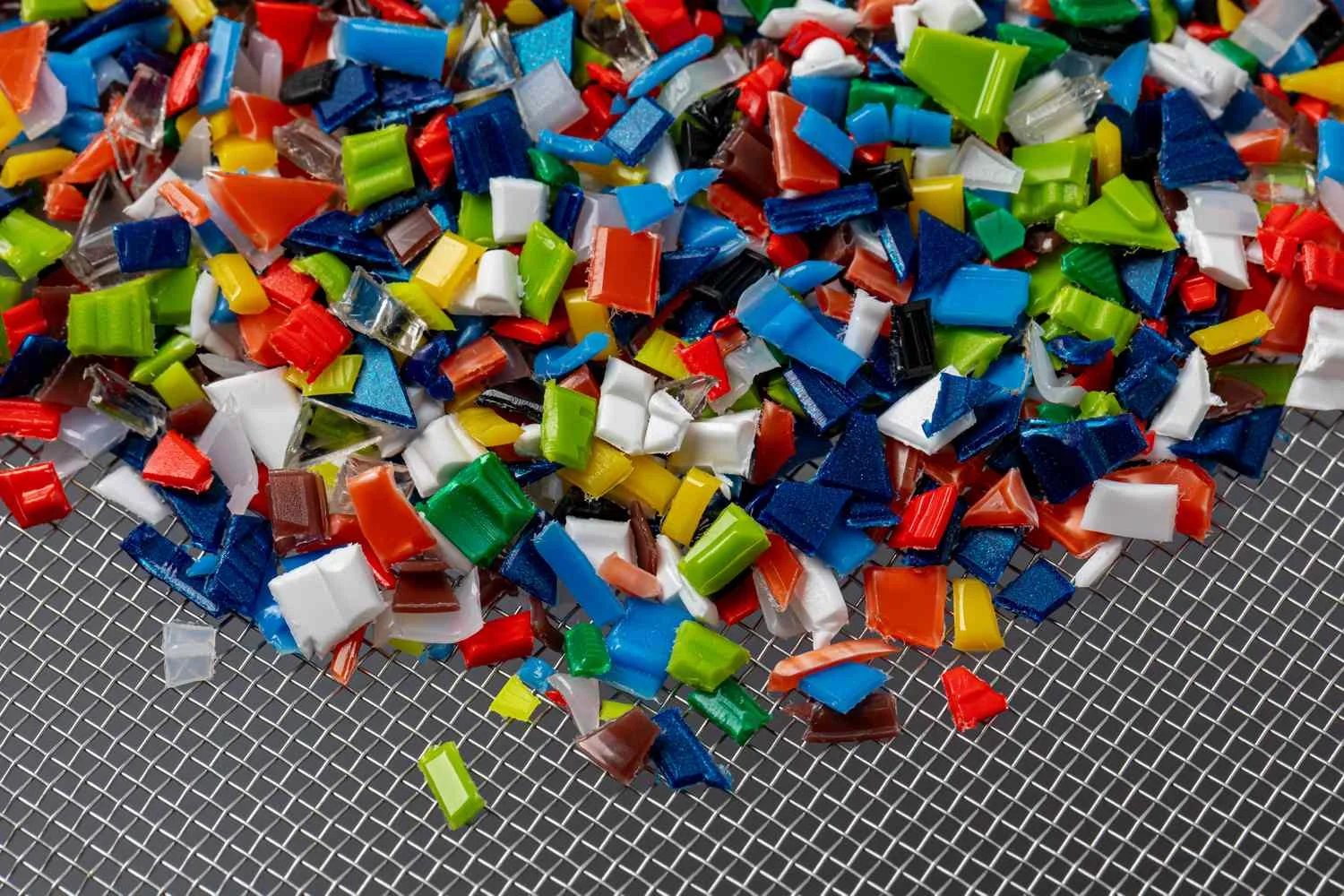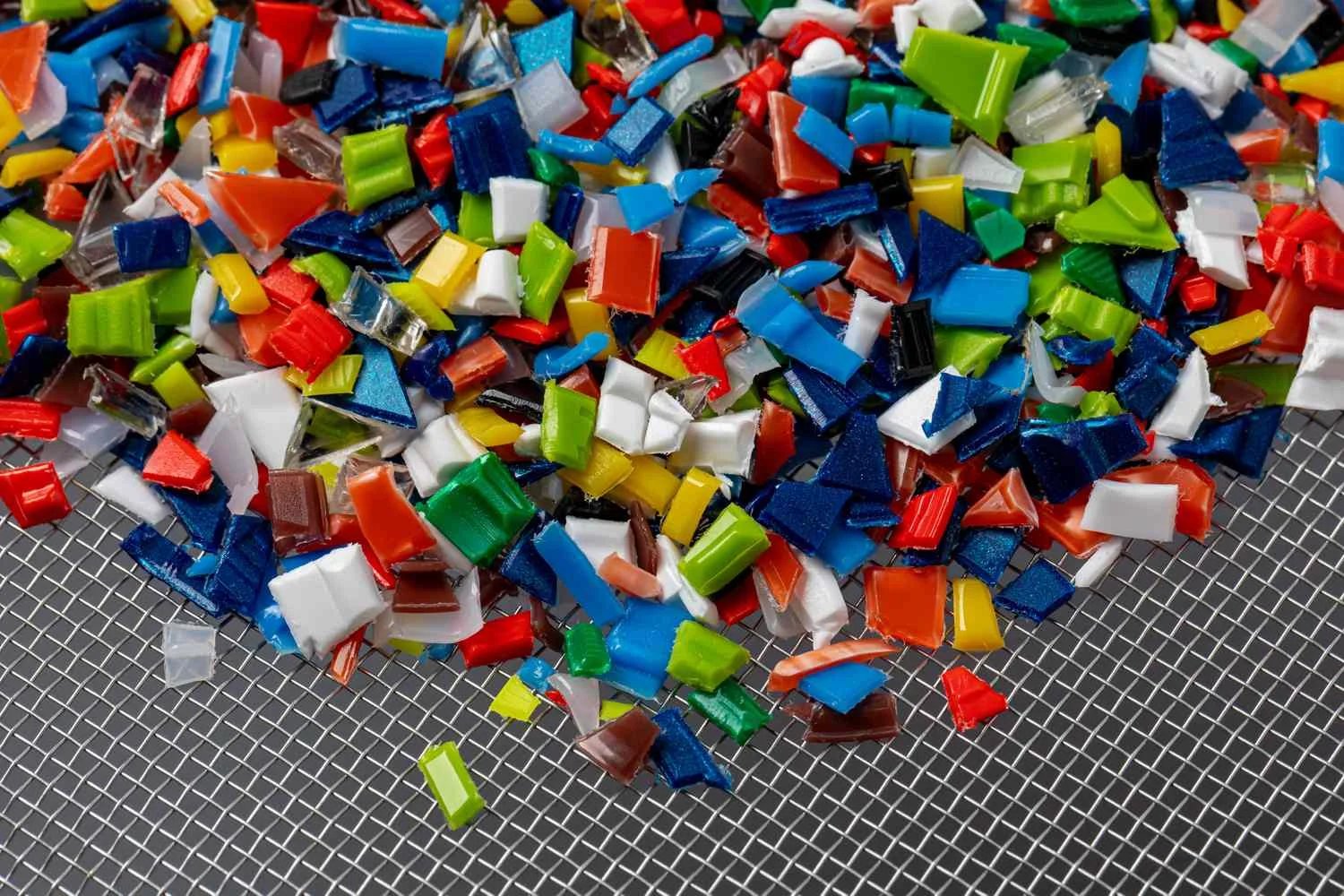
- Microplastics — plastic particles smaller than 5 millimeters — have been detected in human organs and tissues, raising concerns about inflammation, heart disease, and more.
- Scientists estimate there are more than 170 trillion microplastic particles floating in the oceans today, and by 2050, plastic could surpass fish in the sea.
- Experts suggest limiting exposure by avoiding plastic in the kitchen, using HEPA air filters indoors, and choosing reusable, nonplastic containers and utensils for food preparation and storage.
By 2050, Duke University explained, the amount of plastic in the world‘s oceans could surpass the total weight of fish. One estimate suggests that more than 170 trillion microplastic particles are currently floating on the ocean surface. These particles have been found in our fish, water, and soda bottles. They‘ve also been detected in our livers, reproductive organs, hearts, and brains.
Microplastics seem to be the health topic du jour. But to address them, you first need to understand precisely what they are and where the research stands. Here’s what you need to know about microplastics, how they might affect our bodies, and what you can do about them.
How do experts define microplastics and nanoplastics?
Here’s the simplest part of the microplastics story: Microplastics are defined as plastic particles smaller than 5 millimeters. That’s about the width of a strand of hair or a red blood cell. Nanoplastics are even smaller, measuring less than 1 micrometer — or roughly the size of a molecule.
Are nanoplastics more harmful?
Potentially, yes. Sasha Adkinsa senior lecturer in environmental health sciences at the University of Massachusetts Amherst, explained to Food & Wine, “With air pollution, the smaller the particle, the more dangerous it is. I have no reason to believe that plastics would be any different, but the question is still under investigation.”
Dr. Jennifer Brandon, an environmental scientist and sustainability consultant at Wild Beacon Consultingagreed, noting, “Nanoplastics are definitely more concerning than microplastics because they are smaller than microplastics and they are small enough to pass through the blood-brain barrier, or pass through cell walls.”
How are microplastics ending up in our food and water supply?
Microplastics come from almost everywhere, including cosmetics and clothingand, as the World Economic Forum explained, through “secondary” means when larger plastic pieces break down into smaller ones. The organization noted that this can include everything from “abandoned fishing gear, plastic litter, cleaning sponges – through weathering and environmental exposure. A recent study even found that the breakdown of COVID-19 disposable face masks is contributing to microplastic pollution.” Other major environmental pollutants include tires, street markings, marine coatings, packaging, and plastic pellets that are later turned into other plastic products.
“Microplastics are found in our drinking water because they are already in our source water, whether that is lake, spring, or river water,” Brandon explained. “They are found in even higher concentrations in bottled waterbecause the bottle itself is plastic. Each twist of the cap can produce about 500 microplastics.”
As for the food we eat, Brandon explained that there are many ways microplastics end up there — be it plastic shedding from irrigation lines, slow-release caplets in agricultural mulch, or in the tarps and greenhouse sidings covering our crops. “These microplastics are so small that they can enter the roots of our foodas well as be transported via air via pollinators (the microplastic count in honey is high).”
Which foods and beverages are the most contaminated?
According to the experts, it’s difficult to identify the “most” contaminated, as “we have not studied all food,” Brandon said. However, Brandon added, the food items that have been shown to have very high levels of microplastics include teasalt, shellfishapples, carrots, and beer.
“Tea brewed in plastic tea bags can release up to 11 billion microplastic particles into water,” Brandon said, pointing to this study. “This can be almost completely avoided by using loose-leaf tea and a metal strainer.” Brandon also noted that sea salt can have the same concentration of microplastics as the ocean water where it was collected.
“Shellfish like oysters, clams, and mussels are filter feeders that filter the water of particulates, including microplastics. We then eat the whole animal, stomach and all, including any microplastics in that stomach,” Brandon added.
She also cited studies showing that apples and carrots had the highest microplastic loads in a comparative study of other fruits and vegetables. “Similarly with beer, it is made with fresh water and wheat, both of which have been found to have high levels of microplastics.”
What happens when humans consume microplastics?
The good news, according to Adkins, is that many of those microplastics “are excreted in urine, feces, and breastmilk.” However, “enough remains that researchers find worrisome amounts accumulating in our lungs, our brain, and really anywhere they look.”
What do we know about the potential health effects of ingesting these particles?
While larger particles tend to be excreted, smaller ones may linger in the body — and eventually settle in places we don’t want them.
Dr. Don thushara galbadage, an associate professor at Texas Christian Universityexplained that smaller particles in the nano-range “can cross gut barriers and have been detected in human tissues and fluids.” He mentioned a 2024 study that found micro- and nanoplastics within carotid artery plaques, linking their presence to a higher risk of major cardiovascular events. “These findings suggest some fraction can translocate and persist, though dose, size, and polymer type matter,” Galbadage said.
Brandon also explained that while the health effects of microplastics are still being studied, some research shows they may “trigger inflammation, lead to asthma, be tied to increased risk of heart attack and stroke, affect neurological function and memory, and cause reproductive harm, fertility problems, or developmental delays.”
One area Adkins is particularly focused on is researching how plastics in our gut could damage our microbiome. “It seems from multiple lines of research that the more plastic in our gut, the more likely we are to develop inflammatory bowel disease. This has been shown both in people and in birds.”
What practical steps can people take to reduce their exposure?
While most of the power lies in the hands of major companies, there are some things that everyday consumers can do to mitigate their risk of microplastic exposure, according to the experts.
“Breathing the air indoors seems to be a significant source of exposure,” Adkins said, suggesting people get and use a HEPA air filter to reduce their chances of breathing it in. Next, she said, try to reduce plastics inside wherever possible. “When I moved into my house, I prioritized replacing the carpet with bamboo floors and making sure my rugs were wool.”
Then, take a long, hard look at your kitchen.
“Definitely banish plastics from your kitchen,” Adkins said. “Wooden cutting boards instead of plastic. Mason jars or Pyrex for food storage, not Tupperware. Ceramic plates and bowls, and mugs, not melamine. Stainless steel camping cups and plates hold up well to kids and pets. Opt for metal or bamboo cutlery instead of plastic.”
Beyond that, be heat-smart with plastics: avoid microwaving food in plastic containers, pouring boiling liquids into plastic, or using worn or scratched plastic.
Galbadage agreed with all those kitchen tips, adding that it’s smart to avoid microwaving food in plastic containers or pouring boiling liquids into plastic. Adkins also explained that if a product says it’s “microwave safe,” it means it is “safe for the plastic — it won’t melt — not safe for you.”
Brandon also explained that it’s critical to be smart about what you drink. Choose loose-leaf tea and “don’t brew coffee in plastic instant coffee pods.”
And, Adkins added, if you chew gum, opt for a natural chicle tree sap gum base instead of the usual sugar-coated plastic gum base, since many companies use polyvinyl acetate, which, “I have no problem using in my glue, but I wouldn’t want to eat it.”
Disclaimer: This news article has been republished exactly as it appeared on its original source, without any modification.
We do not take any responsibility for its content, which remains solely the responsibility of the original publisher.
Author: Stacey Leasca
Published on: 2025-10-24 14:01:00
Source: www.foodandwine.com
Disclaimer: This news article has been republished exactly as it appeared on its original source, without any modification.
We do not take any responsibility for its content, which remains solely the responsibility of the original publisher.
Author: uaetodaynews
Published on: 2025-10-25 09:46:00
Source: uaetodaynews.com
